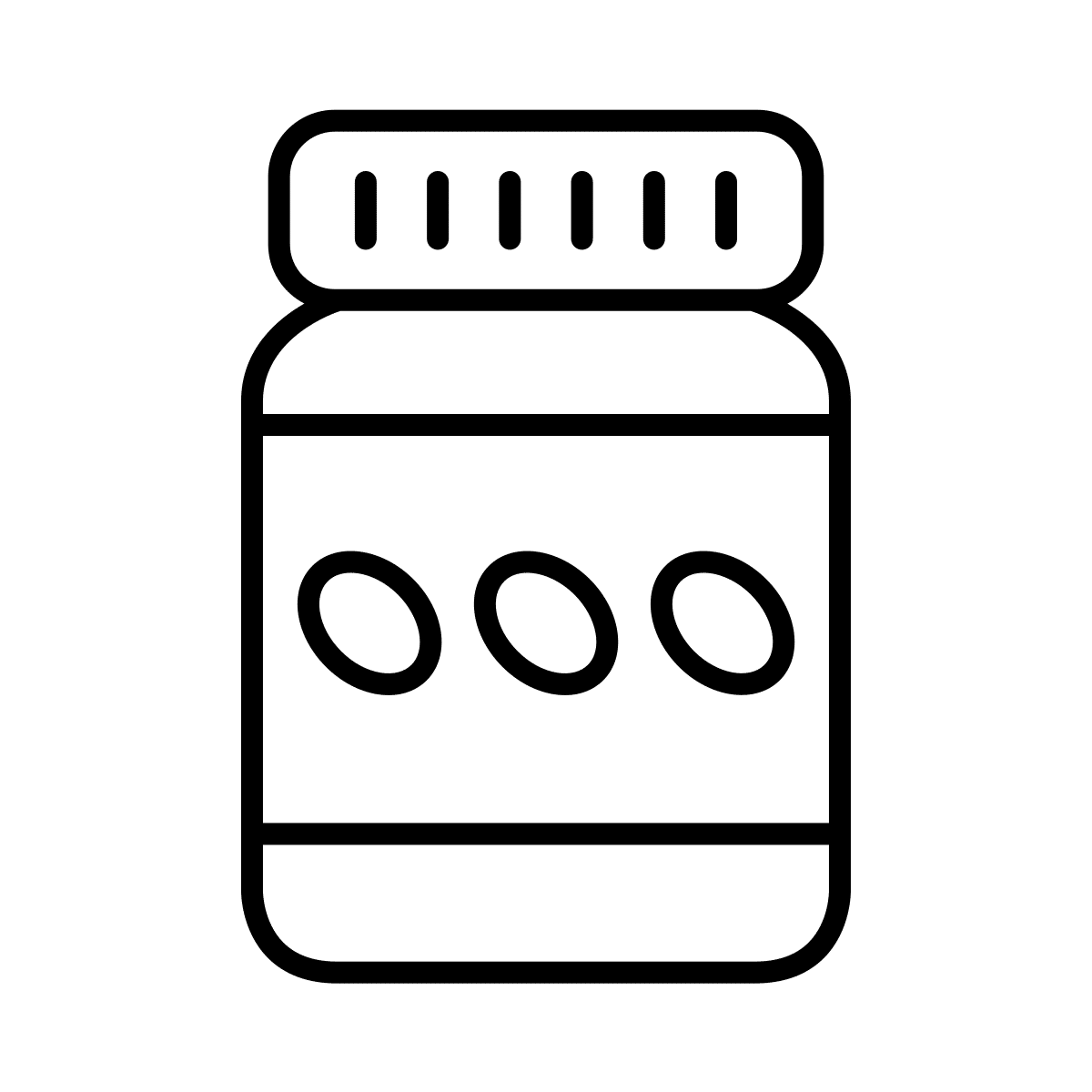-
What you'll learn:
Apps are the future of shopping — but should you go native or PWA?
PWA’s can be a cost effective and user-friendly alternative to native apps
They don’t need to be downloaded, and they’re SEO-friendly too
Read why progressive web apps for eCommerce can drive mobile sales

Chalk up another win for mobile. Numbers from Statista show that 66 percent of global online sales now happen on smartphones and tablets.
There's more to the story, though, than people preferring iPhones to laptops. Dig a bit deeper into the numbers and you'll see that its apps driving most of that shopping on the go.
Why? Ask yourself this: If you need to check your Instagram feed, do you open your mobile browser or open the app? If you want to book an Airbnb, do you type the URL into Safari or tap the app? I think we all know the answer.
Apps deliver the best mobile experience by a country mile. But are all apps built the same?
This blog will look at the benefits of progressive web apps (PWAs) for eCommerce. We’ll detail why they’re as good as the natively installed (a.k.a. native) shopping apps you get from an app store.
And why, in some ways, they’re even better.
Why a progressive web app?
progressive web apps (PWAs) are mobile apps that don’t need to be downloaded and installed. Instead of finding them in the iOS App Store or Google Play, they load automatically inside mobile web browsers when you visit a retail or B2B shopping site.
That means they’re SEO-friendly. Users who’ve found you via organic search get an app experience immediately. And since most online shopping traffic now originates from mobile, PWAs become the perfect solution for driving engagement and conversion.
PWAs offer most of the robust functionality that native apps do, but under the hood, they're lighter on code. That means they load faster and don't need to be installed or set up. Technically they’re still websites – just with lots of extra widgets spinning in the background.
Check out our infographic on all the benefits of progressive web apps

PWA vs Responsive Sites
So what's the difference between progressive web apps and responsive sites?
Most retailers have built their websites with mobile-responsive technology. That means they recognize the device, OS, browser, and then format page displays accordingly. The trouble is; even responsive sites are still built with desktop users in mind.
Formatting standard web pages for end-user devices is cool, but the approach shows its limitations pretty quickly when it comes time to buy something.
Mobile shopping expectations are rising. Uber, Netflix and Instagram have conditioned users to expect awesome apps whenever they hold their phones. Now they want the same speed, functionality, and convenience from every mobile session.
That’s not just us saying so. Google’s own research shows that when shoppers aren’t pleased with a mobile experience, they’ll bounce to a competitor without hesitation.
Responsive web pages can clutter up mobile screens and overload shoppers with information they don’t need when they’re out on the move. That makes purchases from mobile websites tedious and slow.
However, the biggest conversion killer is the lack of automated m-commerce shopping functions like saved addresses, saved payment info, and autofill. If mobile shoppers must type with one hand while holding a payment card in the other, many won’t see the sale through.
As good as today’s mobile responsive sites might look, once you arrive at the checkout screen, PWAs deliver a mobile-optimized shopping experience websites simply can't.
PWA versus Native Apps
So mobile websites have severe limitations when it comes to eCommerce, and apps are better suited to the mobile moment. But apps aren’t all created equal.
What's best for end-users, a native app you need to download and install, or a progressive web app which works on any device?
Both are a big step-up from responsive websites, and both enhance the mobile shopping experience over mobile websites by a country mile. But the use cases aren’t the same.
Native apps
Because they are installed locally on the user's device, native apps can take full advantage of smartphone and operating system computing power.
They deliver the best and most stable experience. They have Built-in checkout functionality. And they build in advanced functions like push messages, AI, barcode scanners, and more.
On the downside, new users might not like having to download and install another shopping app. Native apps can also be expensive to build and need to be approved by app store compliance.
There is an alternative: an SaaS app platform can build native apps for both iOS and Android for an affordable monthly subscription.
Progressive web apps
PWAs offer an app-like experience inside the mobile web browser window, and they’re accessible straightaway. They offer most of the shopping features native apps do, and if you have an Android smartphone, PWAs can do even more.
They deliver fast processing speeds and page loads. They’re SEO friendly, and they convert more visitors to buyers than mobile sites do.
How do you build an eCommerce PWA?
There are typically three approaches you can take to building a PWA for your eCommerce store:
Custom app development
Building a PWA from scratch costs more and takes longer, but the personalization and added functionality you’ll get might deliver enough ROI. A custom PWA starts at around EUR 50,000 for the initial build, and then you’ll need to add monthly fees for maintenance and support. Completing the project can take between six months to a year.
Template apps
If you have a limited development budget or just want to start with something simple, app templates allow you to build a basic app pretty much on your own. If the app content and functions you need are straightforward, going the DIY route may be fine. Just bear in mind that templated apps won’t scale when your customer footprint expands, and your transaction volumes increase. Depending on the template and provider, you’ll also have to live with whatever designs and out-of-the-box functions they offer.
SaaS app-building platforms
Of course, there's a middle route between those two poles: SaaS app development platforms. You can benefit from fast launch timelines and affordability while gaining most of the customization options and full-featured functionality a custom app build delivers: premium quality, unique design, and shopper-friendly options like one touch purchase.
Read more on developing a progressive web app here.
Great PWAs don’t have to cost a fortune
Building a progressive web app can be daunting if you don’t know how to start.
That’s why SaaS app building platforms have become so popular. They offer most of what you’d get with a built-from-scratch approach but using customizable building blocks and feature sets to speed things up and keep costs down. They blend the benefits of build-it-yourself with expert support to give you the technical and design options you need.
Here at JMango360, we've been delivering brilliant ecommerce PWAs for more than a decade. We believe every business deserves a premium mobile app of its own. We were one of the first agencies to open up app building and make it accessible to all.
Whether you’re focused on B2C or B2B, we can help. Your PWA will be up and running in 30 days or less — and look like you spent a fortune.
Contact us today for a free strategy call.








